Apple’s latest iPhone 16 has introduced a groundbreaking feature that extends far beyond its primary camera functionality, revolutionizing how users interact with their devices. The newly implemented Camera Control Button, while primarily designed for photography, harbors powerful capabilities that reshape the smartphone user experience across multiple applications and scenarios.
Photography enthusiasts initially celebrated the button’s capacity to provide DSLR-like control over camera functions, but developers and power users quickly discovered its potential as a versatile input method. The button’s pressure-sensitive technology, combined with its strategic placement, enables intuitive control across various applications, from gaming to productivity tools.
Gaming applications have particularly benefited from this hardware innovation. Mobile game developers have integrated the control button to provide precise character movement, weapon control, and racing mechanics. The pressure sensitivity allows for nuanced control in racing games, where varying pressure levels can determine acceleration rates, similar to analog triggers on gaming controllers. This advancement has significantly enhanced the mobile gaming experience, bridging the gap between smartphones and dedicated gaming devices.
Professional applications have embraced the button’s capabilities for creative workflows. Video editing apps utilize the pressure sensitivity for precise scrubbing through timeline footage, while digital art applications employ it for brush pressure control, offering artists a more natural drawing experience. The button’s customizable nature allows users to assign specific functions based on their workflow needs, improving efficiency across various professional scenarios.

Music production apps have implemented creative uses for the control button, enabling musicians to modulate effects, control virtual instruments, and adjust mixing parameters in real-time. The pressure sensitivity provides expressive control similar to professional music hardware, making the iPhone a more capable tool for mobile music creation.
Accessibility features have been enhanced through the button‘s implementation. Users with limited mobility can utilize various pressure levels to trigger different actions, making device navigation more accessible. The button’s programmable nature allows for customized interaction methods that cater to individual needs and preferences.
Productivity applications leverage the control button for efficient document navigation and text selection. Users can quickly scroll through long documents, zoom in and out of spreadsheets, or precisely select text using different pressure levels. This functionality has proven particularly valuable for business professionals who frequently work with documents on their mobile devices.
Smart home control has been revolutionized through the button’s integration with home automation systems. Users can adjust lighting intensity, temperature controls, and security system parameters using varying pressure levels, providing intuitive control over their connected home environments. This integration demonstrates the button’s versatility beyond traditional smartphone functions.
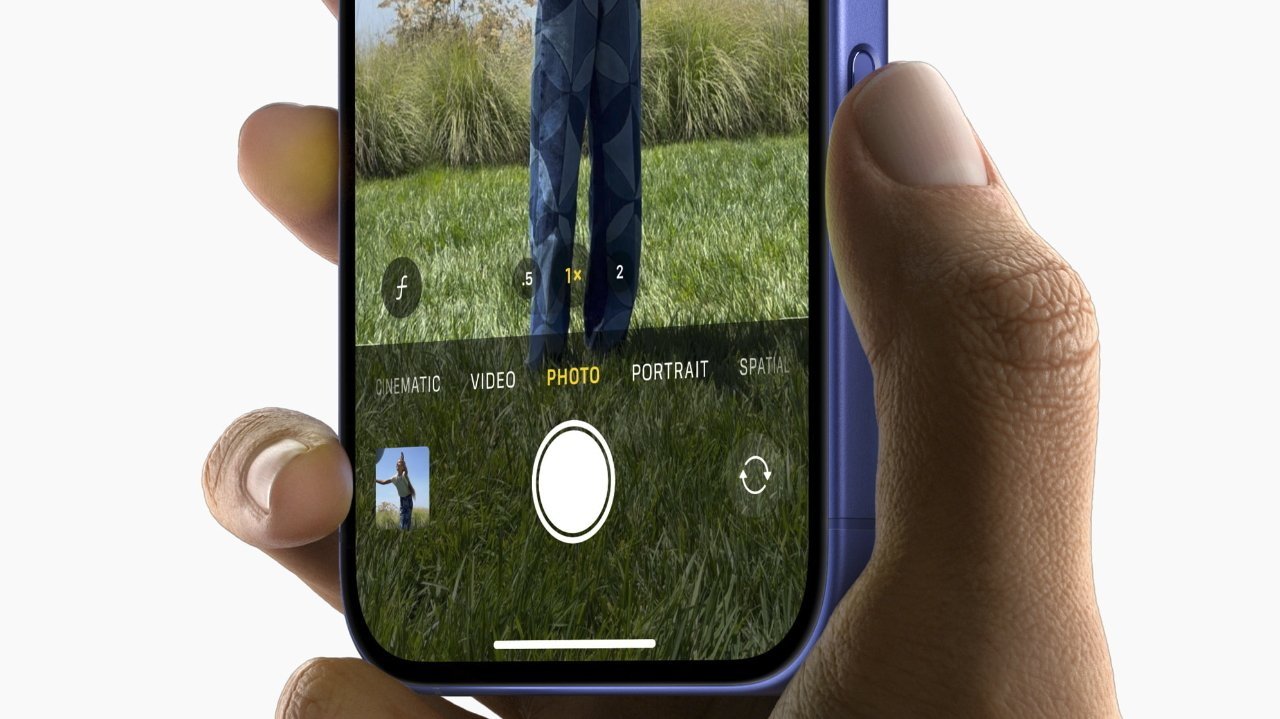
Fitness applications utilize the control button to provide real-time workout intensity adjustments and equipment control. During exercise routines, users can modify resistance levels or workout intensity without interrupting their flow, making the iPhone an even more effective fitness companion.
Educational applications have implemented innovative uses for the control button in interactive learning experiences. Students can control the pace of educational content, manipulate 3D models, and interact with learning materials more effectively. The pressure sensitivity enables more engaging and hands-on learning experiences across various subjects.
Development tools and frameworks have been updated to support the control button’s capabilities, allowing app developers to implement creative uses for this new input method. The SDK provides detailed documentation and examples, encouraging innovative applications of the technology across different software categories.
Privacy considerations have been addressed through sophisticated pressure pattern recognition, which can serve as an additional biometric security feature. This implementation adds another layer of device security while maintaining user convenience.
Looking ahead, software developers continue to discover new applications for the control button, expanding its utility beyond its original design intentions. The combination of pressure sensitivity, programmability, and strategic placement has created opportunities for innovative interface designs and interaction methods.
Apple’s decision to implement this versatile control mechanism demonstrates their commitment to advancing user interface design while maintaining intuitive operation. The control button represents a significant step forward in smartphone interaction, proving that thoughtful hardware additions can substantially improve the overall user experience across multiple use cases.
As the developer community continues to explore and implement new applications for this technology, users can expect to see increasingly creative and practical uses for the Camera Control Button, further establishing it as a crucial component of modern smartphone interaction.





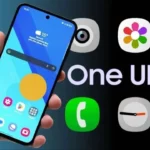

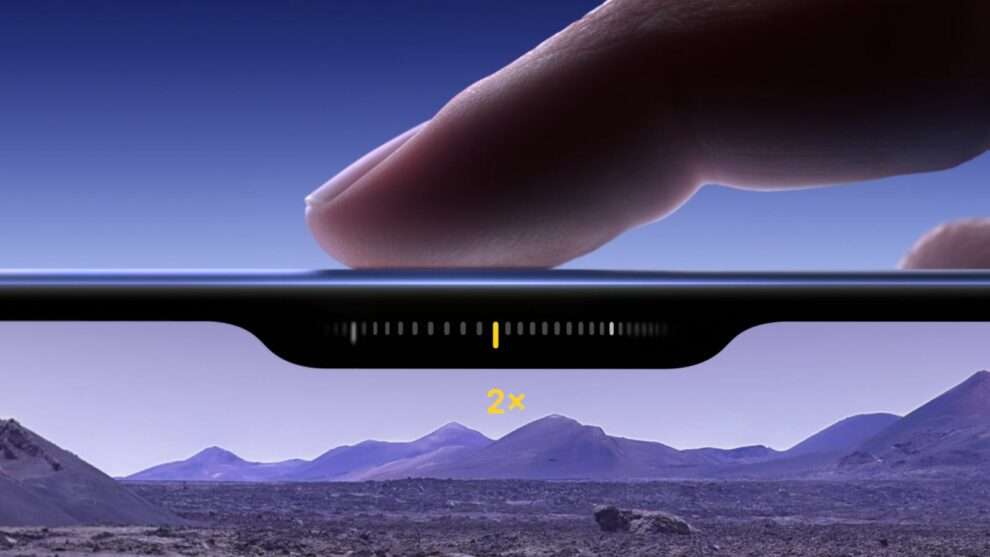
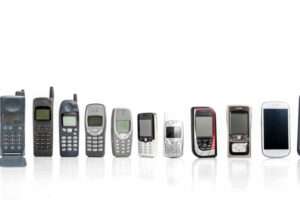
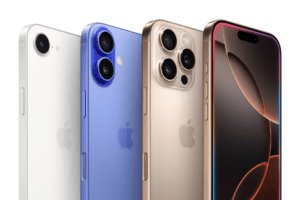






Add Comment